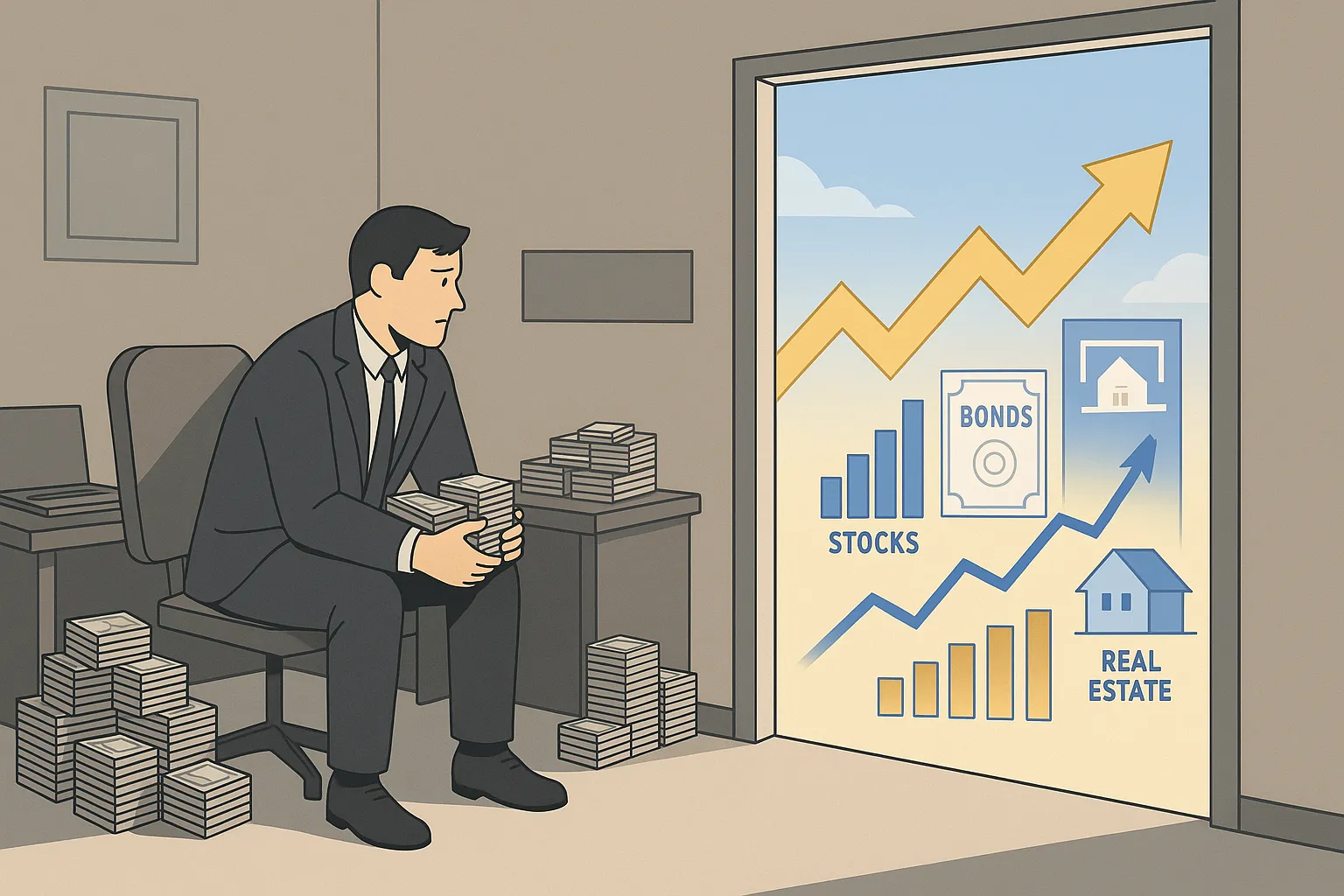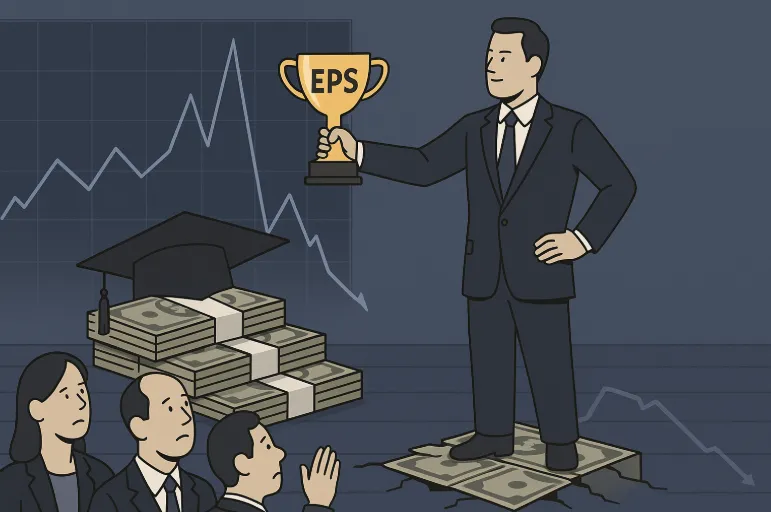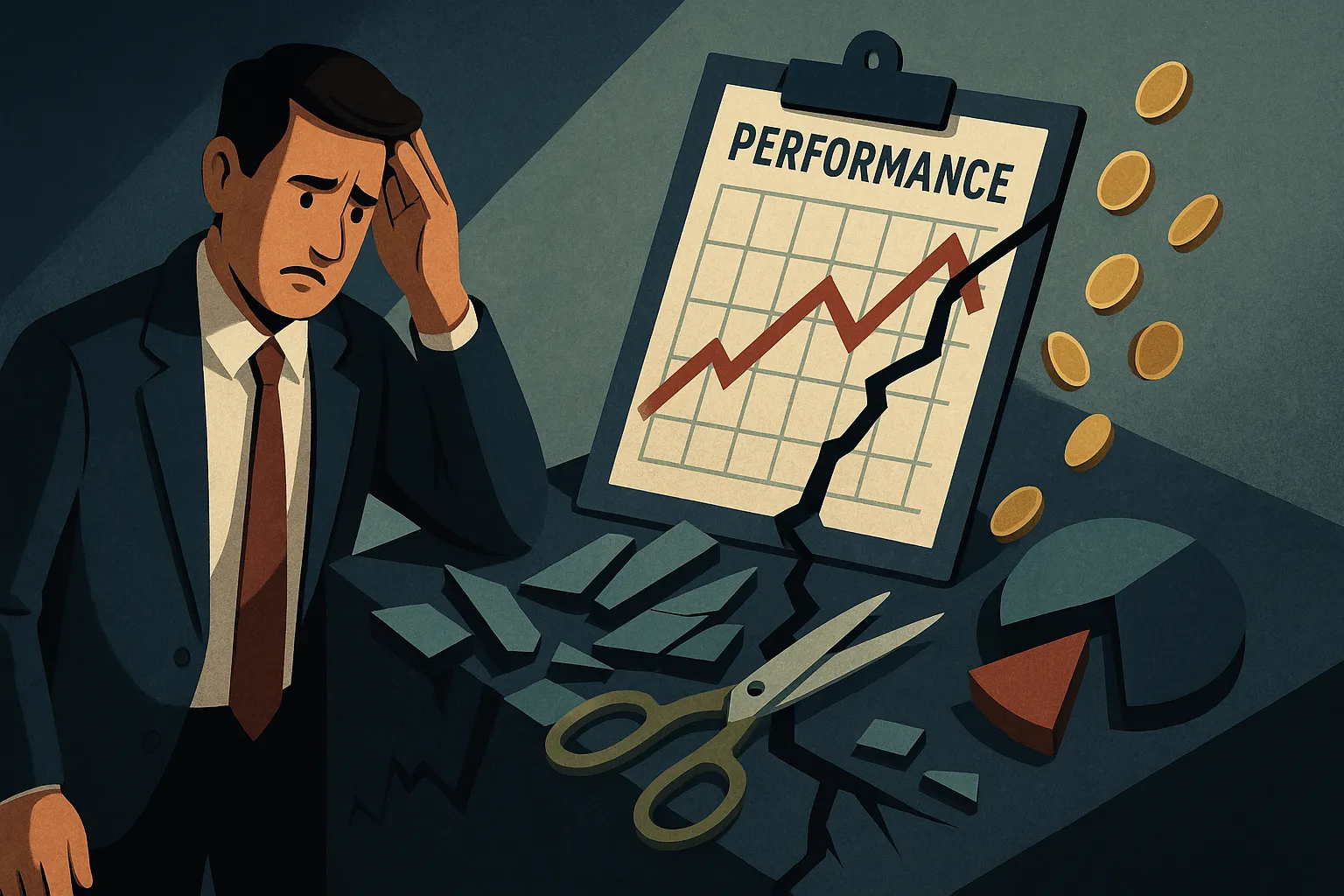Is Scarcity Mindset Undermining Your Investment Outcomes

A 2023 report titled The Economics of Financial Stress from the National Bureau of Economic Research reveals that financial anxiety shapes how people spend and work. While the paper doesn’t directly examine investing, its findings echo similar conclusions from the American Psychological Association: when individuals operate from a scarcity mindset—viewing resources as perennially insufficient—they may prioritize safety now at the cost of future growth.
This article breaks down how scarcity-driven behavior can skew investment decisions—and how shifting toward a structured, long-view approach may support more resilient outcomes.
Key Takeaways
- Fear-based investing behaviors—like hoarding cash—can limit long-term growth.
- Avoiding risk might often result in missed market gains that are hard to recover.
- Common scarcity traps include overtrading, panic selling, and excessive caution.
- Mindset—not just market knowledge—can drive financial outcomes.
- Reframing risk with planning tools can help align decisions with long-term goals.
What Scarcity Thinking Looks Like in Practice
A scarcity mindset sees money as limited, fragile, or under threat. May often rooted in past financial instability, this perspective can show up in investment choices like:
- Keeping the majority of assets in cash
- Avoiding equities despite time horizon
- Selling into downturns to “stop the bleeding”
- Obsessively tracking balances without a plan
Hypothetical: Someone with $150,000 in savings holds 80% in cash due to past volatility. But inflation quietly cuts purchasing power, and compounding goes untapped. Over decades, the foregone growth can outweigh most short-term losses.
The Invisible Cost of Playing It Safe
Market dips are visible—but missed rebounds are quieter and may often be more damaging. Fidelity’s 2023 research shows that missing just 10 of the market’s best days over several decades can slash total returns by more than half. Yet investors with a scarcity mindset can often avoid reentering the market until “things feel stable.” The consequences:
- Reduced compounding
- Poor protection against inflation
- Emotional wear from constant risk avoidance
In many cases, the cost of not taking risk may exceed the cost of occasional losses.
Where Scarcity Meets Behavioral Bias
Scarcity psychology aligns with several cognitive traps well-known in behavioral finance:
- Loss aversion: Losses feel more painful than equivalent gains feel rewarding
- Status quo bias: Fear of change leads to inaction
- Myopic loss aversion: Frequent monitoring increases emotional reactivity
- Anchoring: Past market pain distorts present decisions
These aren’t corrected with knowledge alone. They shift through habit-building and clear frameworks.
Building a Strategy to Replace Scarcity
A scarcity mindset doesn’t mean someone lacks discipline. It can often reflect a missing structure. Some strategies that reframe risk:
- Visualize timelines using long-range planning tools
- Automate investing to reduce friction
- Divide money into purpose-based categories: reserves, growth, planned spending
- Connect risk to life goals—not market noise
Hypothetical: An investor puts 70% of savings into a globally diversified portfolio, keeping 30% in liquid assets for short-term needs. This structure supports peace of mind—without sacrificing returns.
The goal isn’t blind optimism. It’s building a setup that makes rational risk more comfortable.
Emotional Roots, Financial Impact
Money management is rarely just a math exercise. Financial choices might often echo deeper needs: safety, identity, or control. Decisions driven by scarcity may feel prudent—but may often reflect fear more than analysis. Confidence comes not from ignoring risk, but from understanding it:
- Planning provides clarity
- Strategy gives structure
- Purpose shifts focus from fear to intent
Ironically, investors willing to take thoughtful risks can often feel calmer—because their decisions are grounded, not reactive.
Mindset shift: Viewing capital as a tool—rather than something fragile—can support stronger long-term growth.


